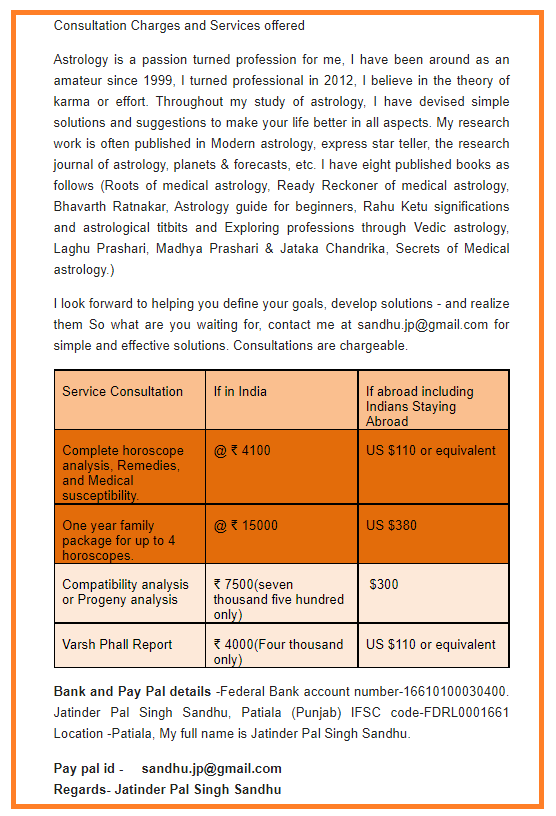From The Bhagavad Gita, Ch.10, Verse 25
The Blessed Lord said:
"Among words, I am the one syllable AUM"
From Mandukya Upanishad, First Mantra:
"AUM, the word, is all this (phenomenal universe). A clear explanation of it (follows). All that is past, present and future is indeed, AUM. And whatever else there is, beyond the three fold division of time,- that too verily is AUM (OM)."
_______________
An explanation by Sri B.L.Satyanarayana Sastri:
The syllable AUM is a sacred Mantra of the Vedas.It is an esoteric formula from which all written and unwritten sounds, letters and words have emanated. The letters A, U, M, which when combined, form the syllable AUM (or OM), represent the entire vocabulary of articulation, as they represent the various sounds uttered through the vocal organ (mouth).
A (pronounced as the 'u' in cut) represents gutturals,U(as in 'put') represents labials and M (pronounced exactly as 'm' in 'mother') represents nasals. The sabda (sound) which comes out through the vocal organ, is in a pregnant form within, till it is spelt out.
The alphabetical letters of all languages form the corpus of meaningful expression. In the deep-sleep state, objects, ideas, as well as letters are all latent. So speech is an expression of consciousness.
_______________
An explanation by Swami Nikhilananda
Sri Ramakrishna Math:
The word that signifies God is AUM. AUM, often written OM (to rhyme with home), is the most sacred word in the Gayatri Mantra, which contains the essence of the Vedic philosophy. Hindus regard this word as an effective symbol of Brahman (the Supreme Reality), and give the following reason.
Every thought has a counterpart in a word or sound; the word and the thought are inseparable. The external part of a thing is what we may call the thought. The same thought may be expressed by different words or sounds. Though the sounds vary, yet the relation between the sound and the thoughts is a natural one. This relation is effective only if there is a real connection between the thing signified and the signifying symbol; otherwise the symbol will never be universally accepted. When that natural connection exists, the symbol, when it is used, recalls the thing signified.
According to Patanjali, there is a unique relation between the Godhead and the word AUM. Hindu philosophers regard AUM as the most generalised sound, the substratum and common ground of all sounds.
The three letters A, U, M, pronounced in combination as Aum, are the generalised symbols of all possible sounds. A (pronouncedawas in dawn)is the root sound, the key, pronounced without the tongue's touching any part of the palate; it is the least differentiated of all sounds. Again, all articulate sounds are produced in the space between the root of the tongue and the lips; the throat sound is A,and Mis the final sound produced by the closing of the lips. U represents the rolling forward of the impulse that begins at the root of the tongue and ends at the lips. When properly pronounced, AUMrepresents the whole gamut of sound-production as no other word can. It is therefore the matrix of all sounds, and thus the fittest symbol of the Godhead;
it is the Word which, according to St John, was in the beginning, was with God, and was God
The word AUM is not invented by any man. It is the primordial and uncreated sound which is heard by mystics absorbed in contemplation, when their minds and senses are withdrawn from the world.
The three aspects of creation, preservation and destruction are expressed by the three letters AUM. A signifies the creative aspect of the Deity because A is the beginning of all sounds. Usignifies the preservative aspect because the sound that is produced in the throat is preserved, as it were, by U, while rolling through the mouth. Finally, M is the symbol of the destructive aspect of the Deity because all sounds come to an end when the lips are closed. There is also an undifferentiated sound which comes at the end of the utterance of AUM and which is the symbol of pure consciousness, or the attributeless Brahman. Both the symbol and the entity signified by it are without parts or relationships. The undifferentiated sound finally merges in silence, which also is the final experience of the mystics.
The word AUMsignifies God. By repeating it and meditating on its meaning, the aspirant develops introspection and overcomes such obstructions to the spiritual life as 'disease, mental laziness, doubt, lack of enthusiasm, lethargy, clinging to sense-enjoyments, false perception, non-attaining of concentration, and falling away from concentration when attained'.
_______________
AUM : No Other Word Can Do This
These three letters AUM pronounced in combination as OM, may well be the generalised symbol of all possible sounds. The letter A is the least differentiated of all sounds, therefore Krishna says in the Gita. "I am ‘A’ among the letters." Again all articulate sounds are produced in the space within the mouth beginning with the root of the tongue and ending in the lips – the throat sound is ‘A’, and ‘M’ is the last lip sound, and the ‘U’ exactly represents the rolling forward of the impulse which begins at the root of the tongue till it ends in the lips. If properly pronounced, this OM will represent the whole phenomenon of sound production, and no other word can do this.-Swami Vivekananda
(The foremost disciple of Sri Ramakrishna Paramhansa)
_______________
From the Bhagavad Gita, Ch.10, Verse 25
The Lord said:
"Among sacrifices, I am the sacrifice of silent repetition"
_______________
From Prashna Upanishad
IV (Up. 5)
1.Then Satyakama, son of Sibi, asked him: ‘Venerable Sir, if among men any one meditates on AUM to the end of his life, what world does he win thereby?’
2.To him he said: “Verily, O Satyakama, this syllable AUM is both the higher and the lower Brahman. Therefore, he who knows it can reach by its support either the one or the other.
3.
“If he meditates on one element of it, he is enlightened even by that and comes back quickly to earth.
The Rik verses lead him to the world of men. There, endowed with austerity, chastity and faith he experiences greatness.
4.“If he meditates on two elements, then he becomes one with the mind and is led by Yajus formulas to the intermediate space, to the lunar world; having experienced greatness there he returns here again.
5.“But if with the three elements of the syllable AUM he meditates on the highest Person, he becomes one with the light, the sun. And being freed from his sins, as a snake is freed from its skin, he is led by Saman chants to the world of Brahman. He sees the Person who dwells in the body, higher than the highest assemblage of life. On this subject there are these two verses:
6.“These three elements, each by itself, are within the sphere of mortality. But if they are united and not separated from each other and are enjoyed in actions well performed, internal, external or intermediate – the knower is not shaken.
7.“With the Rik verses one gains this world, with the Yajus formulas the inter-space, and with Saman chants that which the sages know. With AUM as the sole support the wise man attains to that which is tranquil, undecaying, deathless, fearless and supreme.

